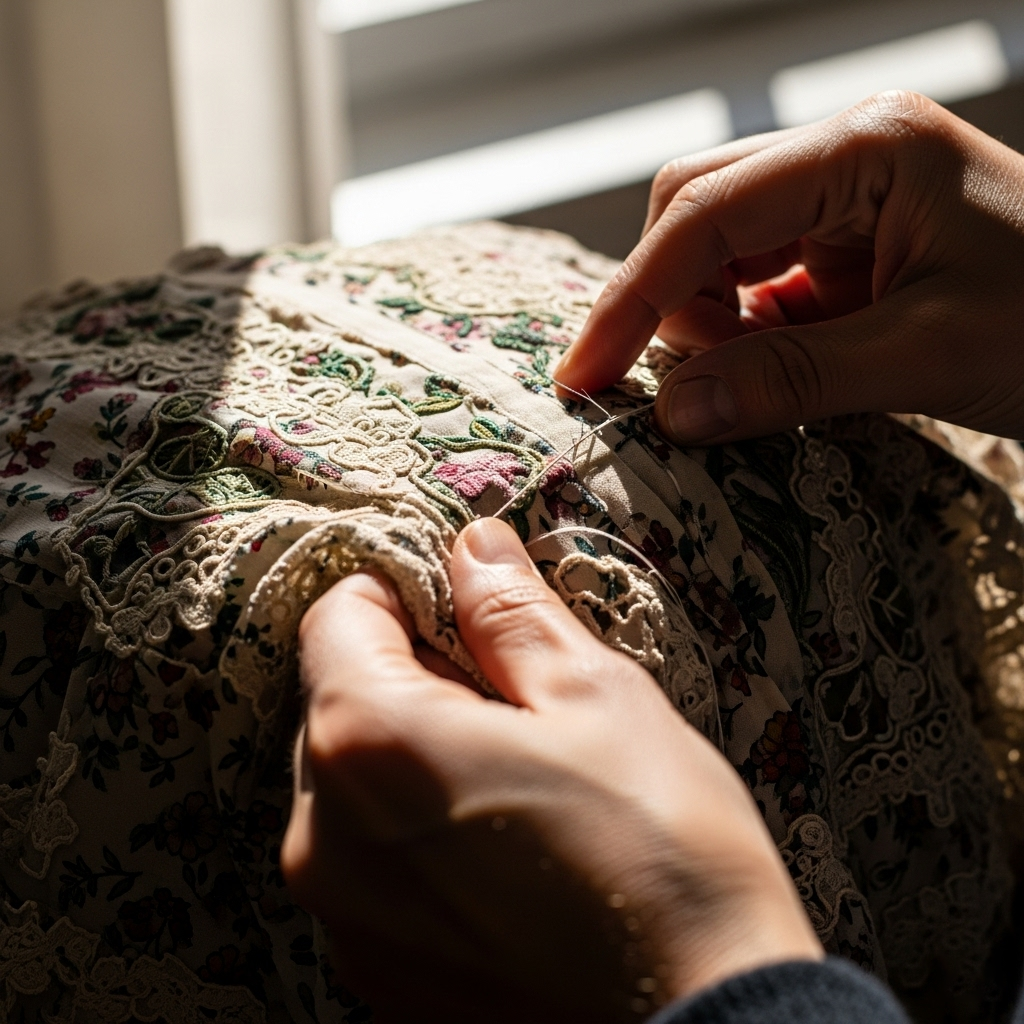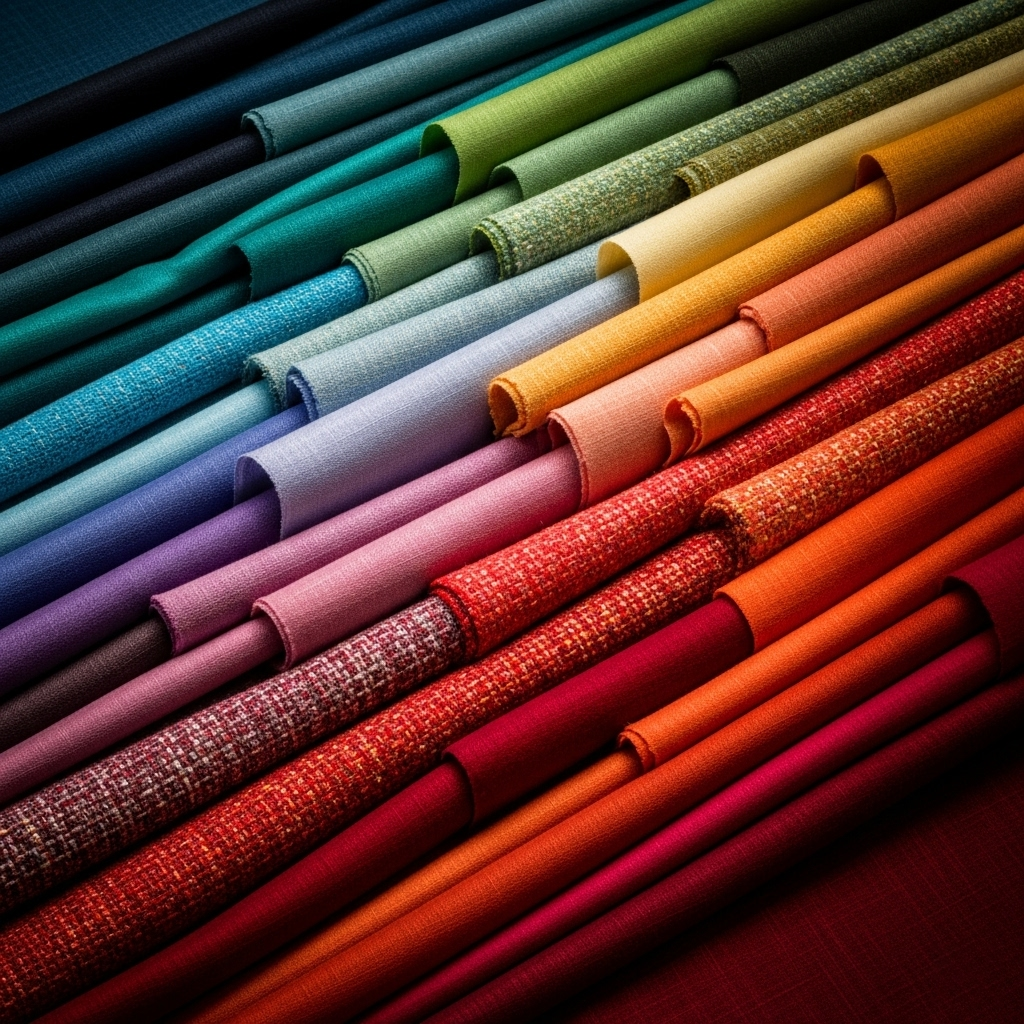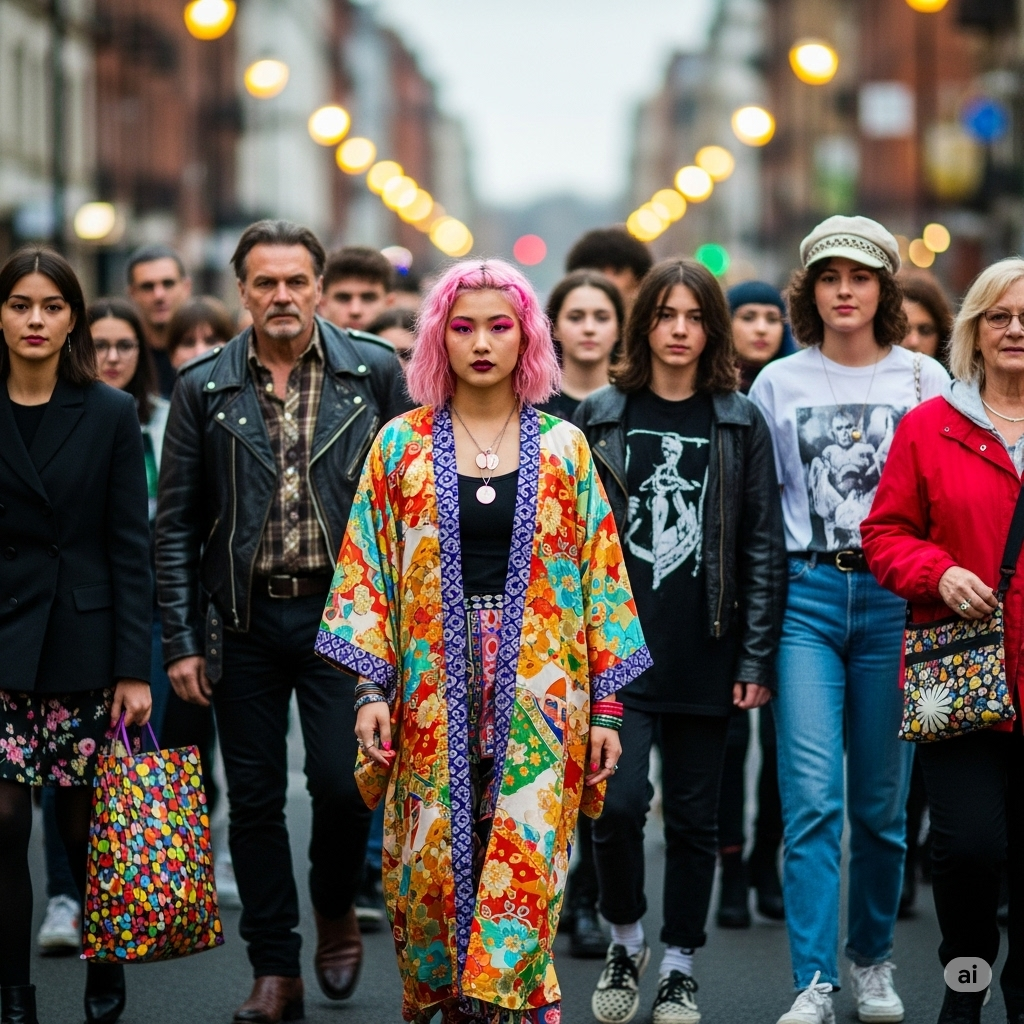No products in the cart.: $0.00
The Enduring Allure of Sustainable Fashion

In an era defined by rapid consumption and fleeting trends, a counter-movement is gaining significant momentum: sustainable fashion. More than just a buzzword, it represents a fundamental shift in how we perceive, produce, and consume clothing. It’s an approach that acknowledges the significant environmental and social impact of the fashion industry and seeks to mitigate these negative consequences through conscious choices and innovative practices. The enduring allure of sustainable fashion lies in its commitment to longevity, ethical production, and a deeper connection to the garments we wear.
The traditional linear model of “take-make-dispose” that has long dominated the fashion industry is proving to be unsustainable. The sheer volume of clothing produced annually, coupled with the short lifespan of many fast-fashion items, contributes to overflowing landfills, excessive water and energy consumption, and the release of harmful chemicals into the environment. Sustainable fashion offers an alternative, embracing circularity and minimizing waste at every stage of the garment lifecycle.
One of the core tenets of sustainable fashion is the use of eco-friendly materials. This includes organic cotton grown without harmful pesticides, recycled fibers derived from textile waste or plastic bottles, and innovative materials like Tencel and Lyocell, which are produced using sustainable wood pulp and closed-loop processes. By choosing garments made from these materials, consumers can reduce their environmental footprint and support practices that are gentler on the planet.
Beyond materials, ethical production practices are paramount in sustainable fashion. This encompasses fair wages and safe working conditions for garment workers, transparency in the supply chain, and a commitment to human rights. Brands that prioritize ethical sourcing and manufacturing often work with smaller factories and artisan communities, fostering economic empowerment and preserving traditional crafts. Consumers are increasingly demanding to know the origins of their clothes and the stories behind the people who make them, driving a greater emphasis on transparency and accountability within the industry.
The concept of “slow fashion” is closely intertwined with sustainability. It encourages a more deliberate approach to buying and wearing clothes, prioritizing quality over quantity and investing in timeless pieces that will last for years. This contrasts sharply with the fast-paced nature of trend-driven fashion, which often encourages frequent purchases and disposability. By embracing slow fashion, individuals can cultivate a more mindful relationship with their wardrobes, appreciating the craftsmanship and inherent value of their garments.
Extending the lifespan of clothing is another crucial aspect of sustainable fashion. This includes proper care and maintenance, repairing damaged items instead of discarding them, and exploring creative ways to repurpose or upcycle old clothes. Vintage and second-hand shopping also play a significant role, giving pre-loved garments a new lease on life and reducing the demand for new production. The act of mending a tear or finding a unique treasure in a thrift store can be incredibly rewarding, fostering a sense of resourcefulness and personal style.
Innovation is also driving the sustainable fashion movement forward. Scientists, designers, and entrepreneurs are constantly exploring new technologies and business models to create a more circular and less impactful fashion system. This includes advancements in textile recycling, the development of bio-based materials, and the rise of rental and subscription services that offer access to a diverse wardrobe without the need for ownership.
The allure of sustainable fashion extends beyond its environmental and social benefits. It offers a sense of purpose and alignment with one’s values. By choosing sustainable brands and practices, individuals can express their commitment to a better future and contribute to a more responsible fashion industry. It’s about investing in quality, supporting ethical practices, and embracing a more conscious and meaningful relationship with our clothes. As the movement continues to evolve and gain traction, sustainable fashion is poised to become not just a niche trend, but the new standard for the industry, ensuring a more beautiful and equitable world for generations to come.




